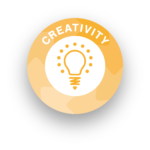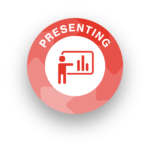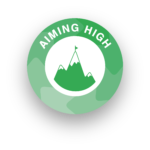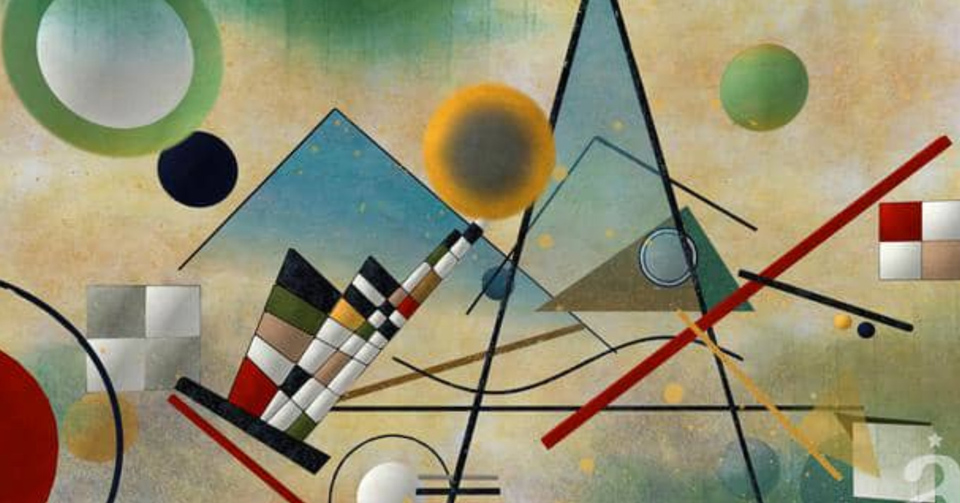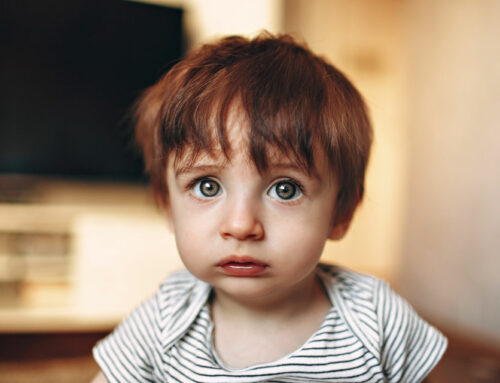Keeping a child with high learning potential engaged with the curriculum can require the interweaving of multiple subjects, levels and brain regions at the same time. Here are some inspiring ideas to stimulate the young film-maker, musician, mathematician, artist, journalist, politician, poet and more!
Children with high learning potential are described by Potential Plus UK as including children with: exceptional abilities; the ability if not necessarily the opportunity to achieve; dual or multiple exceptionality (gifted with a special educational need or disability); profoundly gifted (approximately 0.01% of children).
When dealing with bright children, try not to let them get overwhelmed with too many sensory inputs. When they are comfortable, these learners can create incredible work as they challenge several skill areas simultaneously.
Van Gogh and Kandinsky Go Multimedia!
A thoughtful application of film brings to life a child’s relationship with more ‘traditional’ art. Instead of culminating in the creation of a video (as with LitFilmFest resources, below), this creative journey starts with a film of amazing, living walkthroughs of artistic works put to narrative sounds and music.
You can find Van Gogh’s pictures in the film: No Blue Without Yellow by Maciek Janicki at https://youtu.be/gxN2K8Liz0g and find out more about how it was constructed at https://www.maciekjanicki.com/the-life-of-van-gogh/
and Kandinsky in the Alfred Imageworks film: STEREOSCOPIC FOR EXHIBITION – KANDINSKY https://vimeo.com/22220131 (there is also a version for 3D if you have suitable glasses at https://vimeo.com/22219606 )
To really bring Van Gogh alive using multimedia and an optical illusion, try out this amazing effect: Starry Night Illusion – https://youtu.be/LFqnyeufcjs?t=10 [It is important to check first that your learner(s) do not have any sensitivities that would rule out experiencing this.]
Project Suggestions
Tie these videos into one or several areas of the curriculum to really reap learning gains. You could:
- Build ‘Life Skills’ by asking how do the 3D, animated montages make students feel, think or react?
- Investigate what questions or projects this immersive approach inspires?
- Research the artists, their styles and key works and then identify as many features as possible in the videos.
- Sketch or paint in the style of either artist.
- Create a ‘flip book’ or some form of animation.
- Make a 3D model of a famous artwork, or in that style.
- Explore Kandinsky’s shapes in 3D as a Maths project, counting faces, measuring surface areas or scaling shapes, for example.
- Explore perspective and develop the learning through a maths or photography challenge.
- Delve into History with each artist, research their lives, how was society and what was the reaction to their Art at that time?
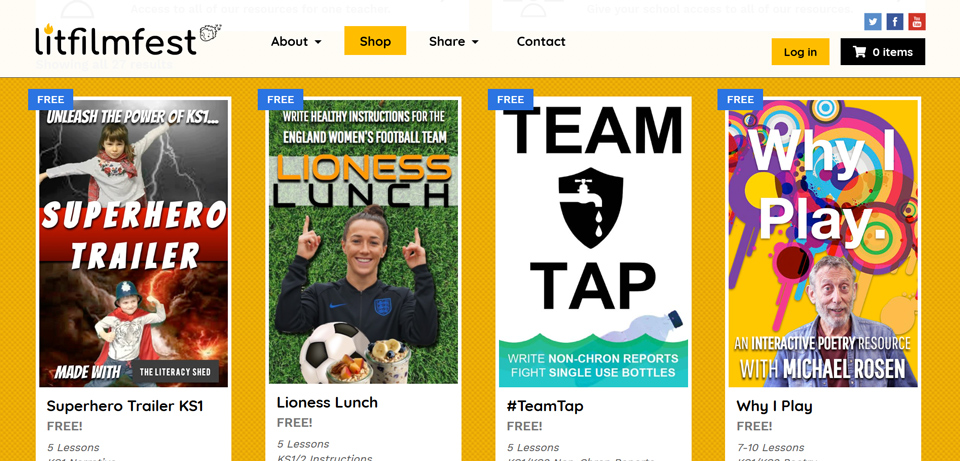
LitFilmFest 2019 (https://litfilmfest.com/)
With film-creation as its endpoint, LitFilmFest is the award-winning annual project that encourages children to make videos based around literacy projects that focus on various areas of the National Curriculum.
Supported in 2019 by author Michael Rosen plus YouTube Kids, LitFilmFest aims to “accelerate progress in English and develop leaders of the future with the 21st century skills needed for success.” Many of the resources are free to download for direct use in the classroom or home education setting, including lesson plans, worksheets, videos and advice for creating a school assembly, family event or show for fellow home-schoolers. (Download the LitFilmFest assembly pack at https://litfilmfest.com/share/host-your-own-litfilmfest/ )
Free Resources
For 2019 the five key areas for free resources can be found online at https://litfilmfest.com/shop/5-free-litfilmfest-resources/ . One of these, ‘Why I Play’, is endorsed and supported by Michael Rosen.
Why I Play (KS1 & KS2): Michael Rosen leads this poetry project focusing on writing, performance and the importance of play, all leading to a video presentation. It includes 10 hours of lesson plans, 10 interactive whiteboard files, 6 stimulus videos and various worksheets, poems and other resources for planning and support.
Even children with high learning potential who may not be big fans of Michael Rosen’s written style can gain a working knowledge of him through this unit. They thereby benefit from stand-alone expert resources, but also a popular author becomes familiar to them, which could gain them much-needed common ground in peer group interaction.
Why I Play (https://litfilmfest.com/shop/litfilmfest-why-i-play/) takes well-known activities such as structured games (e.g. Tennis) and imaginative play (eg pretending to be an aeroplane). It then encourages verbal and film-making creativity around these activities and gives examples of how to put a variety of poetic styles to your video. For example, ‘Rhyming’ alongside ‘Free Verse’ at (https://youtu.be/nlcWqVaRO0g) and (https://youtu.be/CDOVT3vGjB0).
The remaining four areas of free resources at https://litfilmfest.com/shop/5-free-litfilmfest-resources/ are:
Superhero Trailer (KS1): Narrative resource supported by video from the Literacy Shed. Writing frames, infographics and original stimulus videos to develop students’ description skills through the creation of their own superhero and simple iMovie film trailer.
Team Tap (KS1 & KS2): a non-chronological report writing project tackling plastic pollution and leading to the creation of a #TeamTap information video promoting tap water.
Lioness Lunch (KS1 & KS2): Health, sport and instruction with the England Women’s football team, The Lionesses. Script-writing resources focus on nutrition and sport through the filming of your own cookery show and sporting interviews.
Pupil Parliament (KS2): News reports, politically-focused research and speech writing. Created with the Houses of Parliament, this project includes filming students’ speeches as they take a problem to an MP and a Member of the Lords.
As noted at the start, try not to let high potential learners become overwhelmed with too many sensory inputs but do give them the opportunity to create incredible work by challenging several different skills and curriculum areas at the same time.
